- Fallout New Vegas Snow Globe Locations Guide - February 11, 2023
- Fallout New Vegas Caravan Guide: How to Play Caravan in Fallout New Vegas - January 15, 2023
- Fallout 4 DLC Guide - June 8, 2022
Back when I was just a kid, strutting my way across the Mojave, I was the only one of my friends that knew how to play Caravan. I’ve always been a sucker for card games – I’ve played amateur poker since I was quite young, so it’s only natural I took to Caravan like water.
What I found was an exploitable game that could be used to win a pretty chunky amount of caps in a remarkably short timeframe. When I tried to tell my friends this, though, they thought me mad for actually understanding how Caravan works and plays.
I may not have been able to show them how to play Caravan in Fallout New Vegas to them back in the day, but I can show you now. This homebrewed, seemingly complex but deceptively simple card game has eluded players the world over. I’ve put together this Fallout New Vegas Caravan guide to right that wrong.
Caravan TLDR
You and your opponent each have a deck of 30 cards. Using that deck, you build up three card piles on the table, called Caravans. Each of your piles competes with the opponent’s pile opposite it.
The goal of the game is to get each of your piles to be worth more than your opponent’s piles within the total value range of 21-26. The game ends when one pile of cards from all three competing pairs has a value between 21 and 26.
When the game ends, three points are handed out. A point is given to the player with the highest value Caravan within the range of 21-26 for all three pairs of card piles. The player with the most points wins.
Lingo Cheatsheet
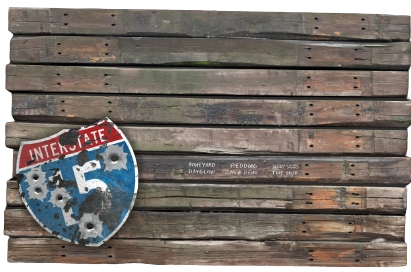
- Caravan: A pile of cards you build upon throughout the game. Also called zones or sections. You and your opponent each have three Caravans.
- Outbid: A Caravan is outbidding another when it has a higher value than it in the range of 21-26.
- Overburdened: A Caravan is overburdened when its value is greater than 26.
- Too light: A Caravan is too light when its value is lower than 21.
- Field: The field is the Caravan play area. It’s made up of six total Caravans – three for each player. These Caravans compete in pairs to outbid each other.
Caravan Overview
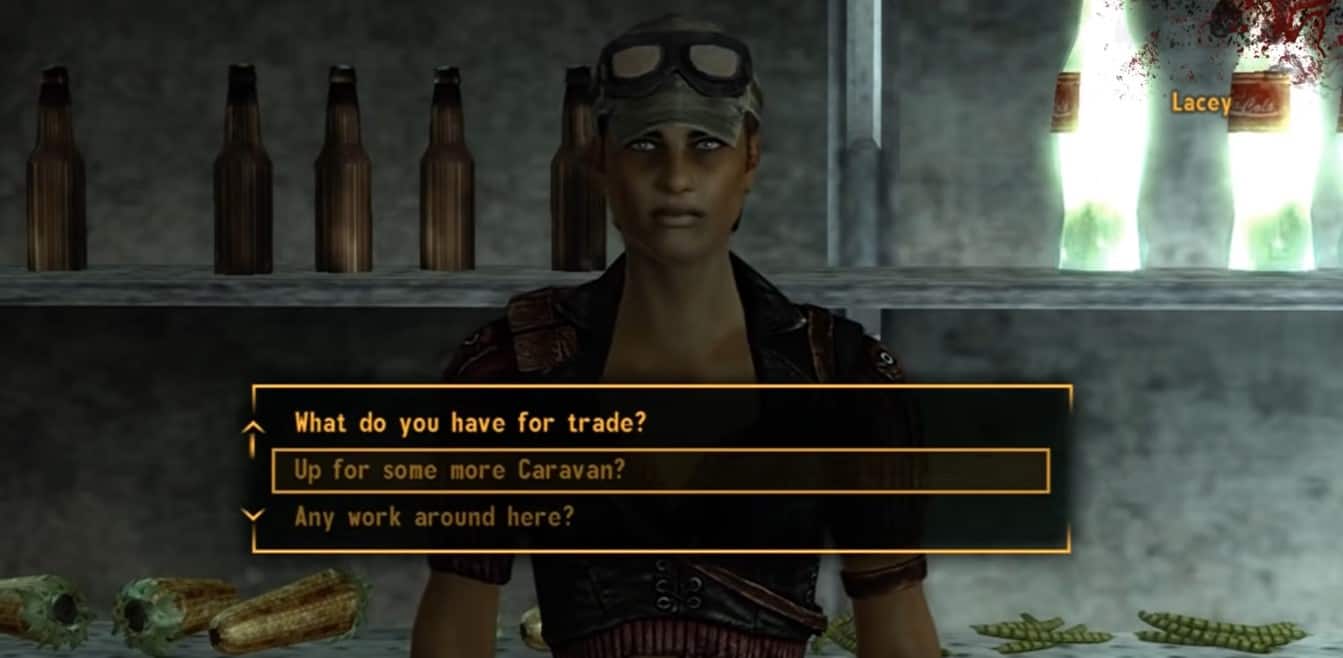
In Fallout New Vegas, Caravan is a two-player card game exclusive to the Mojave. In a game of Caravan, each player takes turns playing cards from their deck to the field in an attempt to build up piles of cards worth more than the opponent.
The field is made up of six zones, or Caravans. Each player has their own three zones. The objective of this game is to place cards in each of your three zones, aiming to get the total value of each card pile in the range of 21-26, with each number card you add onto the zone adding its value to that zone’s total.
Your opponent will be doing the same thing, and their Caravans, or zones, will be competing against yours. Each Caravan competes against the one directly in front of it, with the aim of the game being to have the highest valued Caravan possible within that 21-26 range.
For example, if you had a Caravan worth 23, and your opponent had one worth 24, your opponent’s Caravan is the one considered sold, not yours. If this happens when the game ends, your opponent will get the point for that Caravan, not you.
There are three points up for grabs – one for each pair of competing Caravans. These points are awarded at the end of the game. The game ends when all three Caravans have been sold (at least one Caravan from each pair in the range of 21-26). If your Caravan is worth more than your opponent’s, and within that legal range, you will be awarded that point. You win a game of Caravan by securing at least two of those three points when the game ends.
Fallout New Vegas Caravan Guide – Key Rules
Deck Size
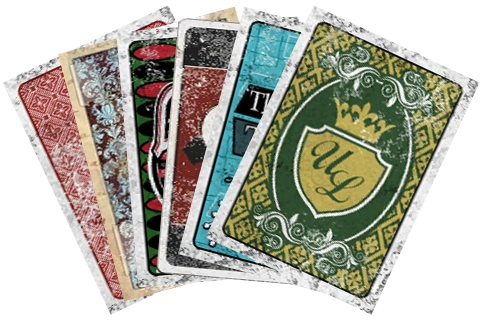
Each player’s Caravan deck is made up of at least 30 traditional playing cards. These playing cards don’t have to be from the same set. You can make a deck with Tops and Ultra-Luxe cards, for example. Repeats are allowed in your deck if the cards in question are from two different sets. You can have a “Tops” five of hearts and a “Sierra Madre” five of hearts, for example, but not two “Tops” five of hearts.
For the sake of strategy, I highly recommend you stick to that 30-card figure and don’t go over it. This makes it more likely for you to draw into the cards you want in your hand and avoids bloating your deck with useless junk.
The Field
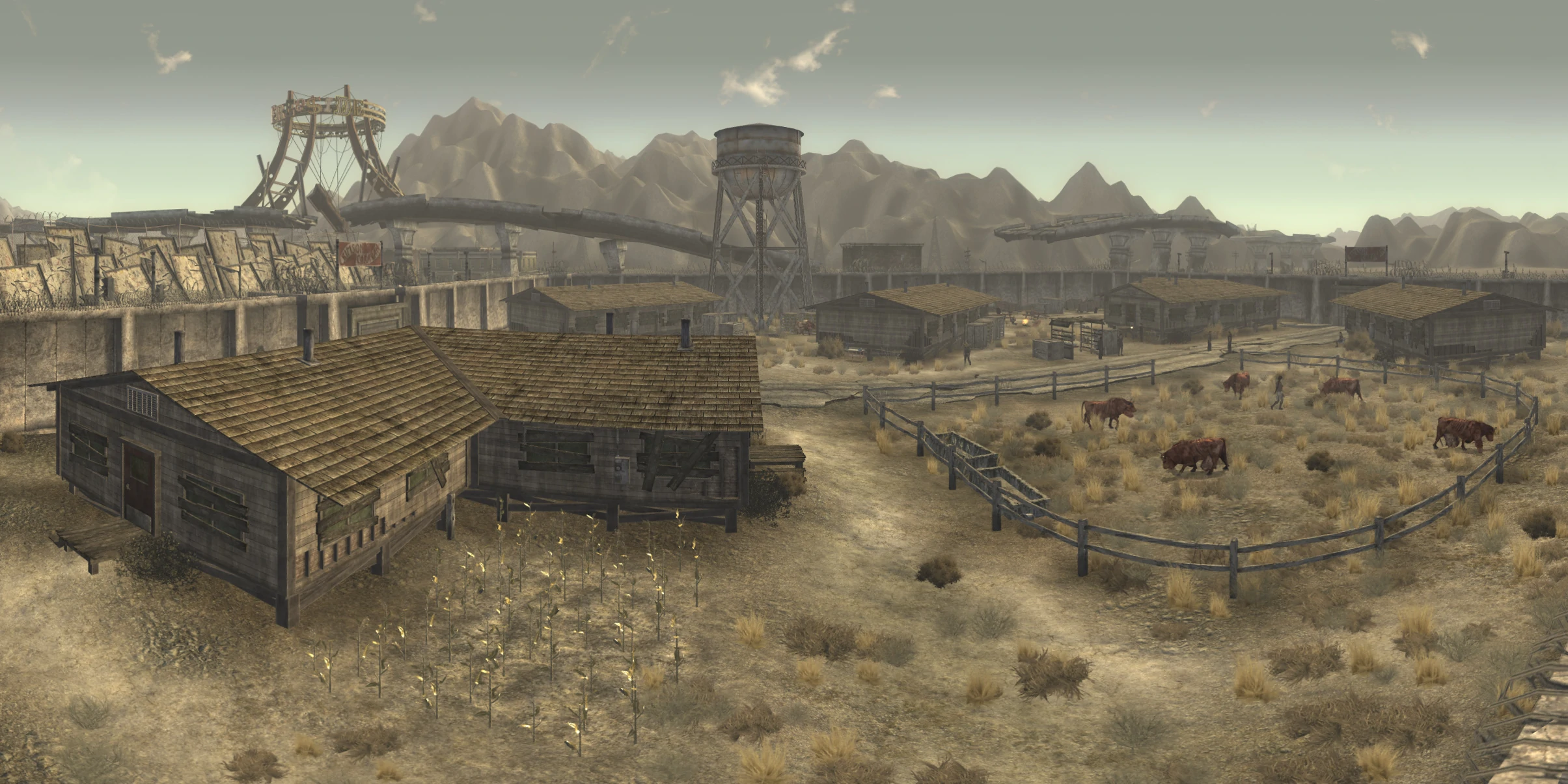
The playing field for Caravan is divided into a 3×2 grid. Each player has three zones in front of them, with six altogether. The zones are vertically aligned, with your zone competing against the corresponding zone belonging to your opponent.
All of your cards will be placed in these zones, with your ones competing against the opponent’s for points at the end of the game.
Gameplay
Objective
The game of Caravan is point-based, with all points awarded at the end of a game. There are three points up for grabs, so the objective of the game is to finish with at least two of those three.
These points are awarded at the end of the game based on which player has the most profitable “Caravan” in each competing zone. A Caravan is considered profitable if its pile is valued between 21 and 26 (inclusive).
To win a point for the zone, you need to be within this range, while also having a higher value than your opponent’s corresponding Caravan. Therefore, it’s impossible for you to naturally defeat a Caravan worth 26 (without special cards), you can only match it.
First Turn
At the start of the game, you and your opponent take turns putting down a starting card for each of your zones, or Caravans. This card will determine the suit of that zone, meaning “spades,” “hearts,” “diamonds,” or “clubs.” You can place any card onto a pile if it’s from the same suit as the starting card.
The second card you place on each of your Caravans determines whether the zone is “ascending” or “descending.” If you place a second card that is larger than the starting card, you can only continue to place cards on the pile if it’s of a larger value than the card you’re placing it on. For example, if you started with a three, then placed a six on top of it, you would only be able to play a seven or higher in that zone from there on.
The exceptions to that rule are if the card you’re playing has the same suit as the starting card, and face cards. It’s also important to note that you can never play the same number card on top of itself, regardless of other conditions. You can’t play a seven on top of a seven, for example.
Face Cards
Face cards act a bit differently in Caravan. They’re not played sequentially on your Caravans, like most other cards. Instead, you can play them on top of any number card in any Caravan – including your opponents. Each face card has a different effect that will act on whatever card it was played on top of.
King
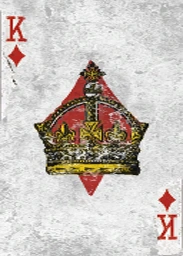
Kings double the value of the card that it’s played on. For example, if you played a King on top of your seven, that seven is now worth 14, and the value of your Caravan will change to reflect that. This effect stacks, so if you put another King on top of that King and seven, it will be worth 28.
Kings aren’t just great for pumping up the value of your Caravan – but for pushing your opponent’s Caravans up past that 26 hard-cap, too.
Queen
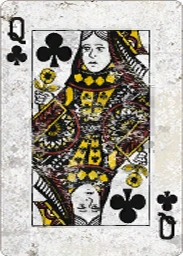
Queens in Caravan reverse the current direction and suit of the Caravan it’s played on, but it can’t be played freely like other face cards – it has to be placed on the end of an active Caravan.
For example, if you have a “spades” Caravan that was ascending, meaning you were adding cards of consecutive higher value to it, playing a Queen of hearts would reverse that. Now, that Caravan is considered “heart” and is descending from the card that the Queen was played on.
Jack
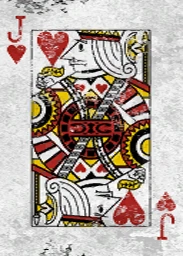
Jacks remove the card that it has been played on, as well as any face cards that were already played on that card. This simple effect is one you’ll be using often alongside the King. You can use it to decrease the value of an opponent’s Caravan or save it for when you’re overburdened.
Aces and Jokers
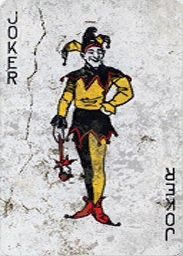
Aces and Jokers work together to do some crazy stuff – but you’ll never need to know or understand how to use them. Unless you’re planning on inviting some buddies around for some Sasparilla and Caravan in real life, there’s no need to use these cards. Fallout New Vegas’ AI is not very strong when it comes to Caravan – you can beat almost everyone in the game with basic numbers and a few Kings/Jacks.
Still, we’ll go over what Aces and Jokers do.
Aces themselves don’t do anything. However, a Joker placed on an Ace will remove all other non-face cards belonging to that Ace’s suit from the entire table. So, if you play a Joker on an Ace of hearts, all other heart cards will be removed from every Caravan.
If you play a Joker on a number, it has the same effect with that number value as opposed to the card’s suit.
Both of these effects are dramatically powerful, but ultimately unnecessary and overly complicated for the level of opponents you’ll face in the Mojave.
Fallout New Vegas Step-by-Step Caravan Guide
Building Your Deck
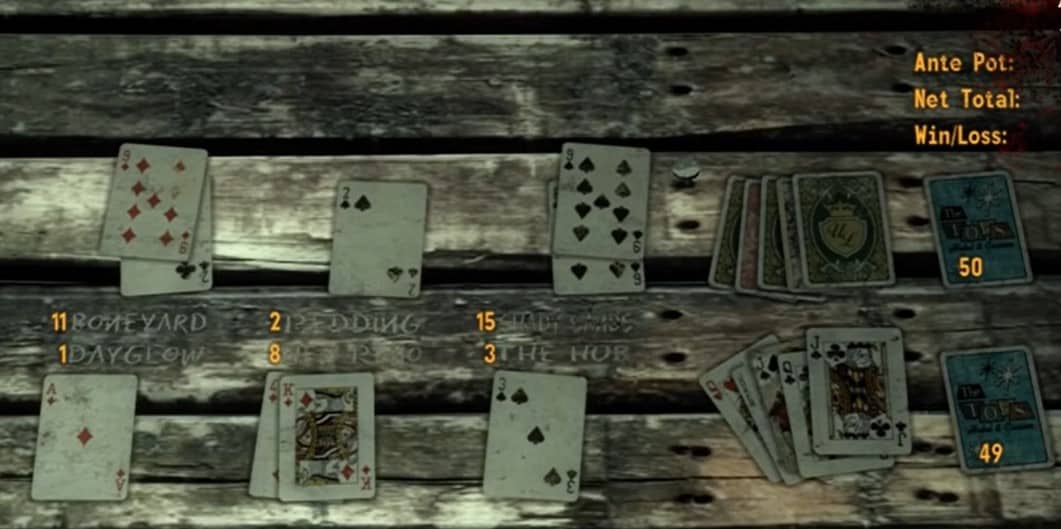
At the very start of a game of Caravan, you’ll be presented with a screen where you can build your deck of at least 30 cards. You’ll see two rows of cards – the top row is your active deck, and the bottom row is your entire collection.
You can add and remove cards from your deck here, and your deck will be saved and carried over between games. Once you have a deck you like, you won’t need to rebuild it every game – you can just skip this screen and go straight to playing
As I mentioned before, I would recommend sticking to that 30-card deck limit. I would also do away with Queens, Jokers, and most of my Aces. Kings and Jacks rule Caravan, so stock your deck up with them.
Beyond that, focus on two or three suits, and avoid the very lowest-ranked cards from those suits. The lower the variation of your deck, the more consistent your deck will be.
If you’re not looking to strategize, here is the exact deck recipe I recommend. It takes advantage of seven through ten, with some lower value cards that play well with the maths we need to hit that 21-26 range. I also have four Kings and four Jacks, which I like, but you can add more if you want to. The only thing I’m not specifying here is the suit of the cards – because it doesn’t matter. As long as your deck is made up of no more than three suits, you’ll be fine.
- x3 2s.
- x3 5s.
- x4 7s.
- x4 8s.
- x4 9s.
- x4 10s.
- x4 Jacks.
- x4 Kings.
Phase One – Playing the Starting Cards
When you finish constructing your deck, you’ll be presented with the game board. You’ll see six zones, three on each side of the table. These are the Caravans that you and your opponent will be building.
You’ll also see your starting hand at this point, which consists of eight cards. Drawing new cards is automatic, so you don’t have to worry about it. However, you will draw a new card whenever you play or discard a card from your hand.
During the first portion of the game, you and your opponent will take turns placing the first card of each of your Caravans. If you remember the rules – the first card influences the Caravan’s suit.
You have the freedom to do whatever you want here, but the most effective strategy would be to ensure each of your Caravans has a different suit. That way, you’ll always have options for the cards in your hand.
At this point in the game, you’ll also have the option to discard a card for your turn. You can also completely discard any of your three Caravans to start on it again, whenever you feel the need to during the game.
Phase Two – Structuring Your Caravans
After you and your opponent have placed your first three cards down, the game opens up and you can do whatever you want. Before you start building Caravans or messing with your opponent, though, I recommend you get the structure of your three Caravans sorted.
By this, I mean deciding what the second card on all three zones will be. If you remember, the second card determines whether your Caravan is ascending or descending, as well as where it’s starting.
How you structure your Caravans will depend on your hand and your deck. If your deck is full of high cards, you’ll want to start as low as possible with your starting card, and then slightly higher for your second card. This way, your Caravans will have lots of room to grow upwards.
The same logic applies if you want to do a descending Caravan. As you play more and fill out your deck, you’ll develop plays and strategies for the start of the game that suits your playstyle.
Phase Three – The Rest of the Game
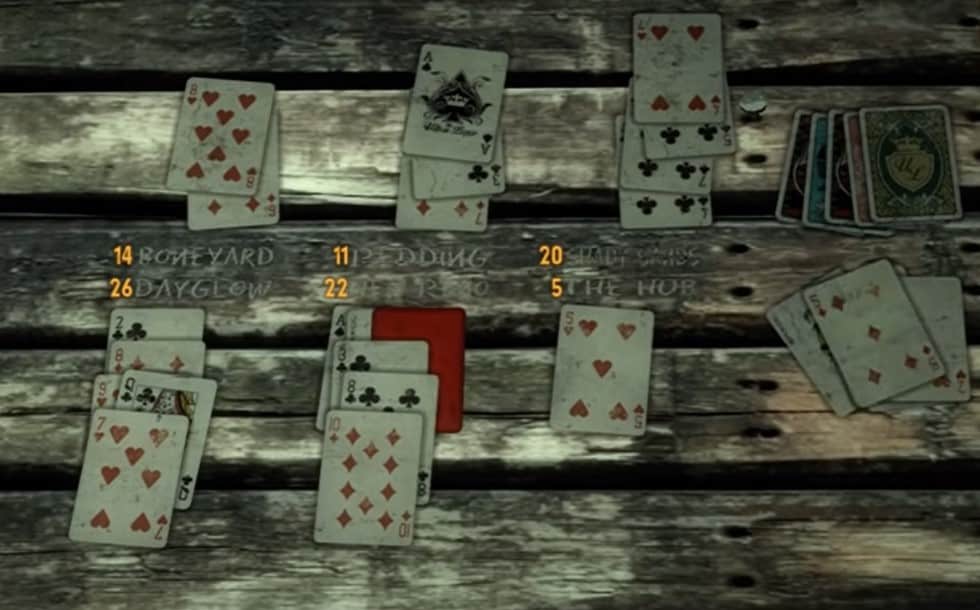
With the start of your Caravans sorted, all that’s left is to build them up and play the game. This is where the majority of a Caravan game takes place. Don’t be afraid to utilize your Kings and Jacks to mess with your opponent’s Caravans here, especially if it means overburdening a Caravan that’s already sold.
Work strategically with your three zones, playing to edge each of them toward that magic number of 21. Remember, once one Caravan from all three pairs is within the legal range, the game is over.
Try to only focus on two of your three Caravans – you only need two points to win. Rather than trying to outbid your opponent’s Caravan with your own, a decent approach is to overburden the two enemy Caravans that you’re playing against. This means you don’t have to worry about working within a tiny five-card margin of error.
Edge and flow your way through the game, until either you or your opponent is ready to build up the last Caravan. At that point, the game will be over. If you played your cards right, this is when you get your grubby hands all over those sweet, sweet caps.
How to Get More Caravan Cards in Fallout New Vegas
How to Find a Caravan Deck in Fallout New Vegas
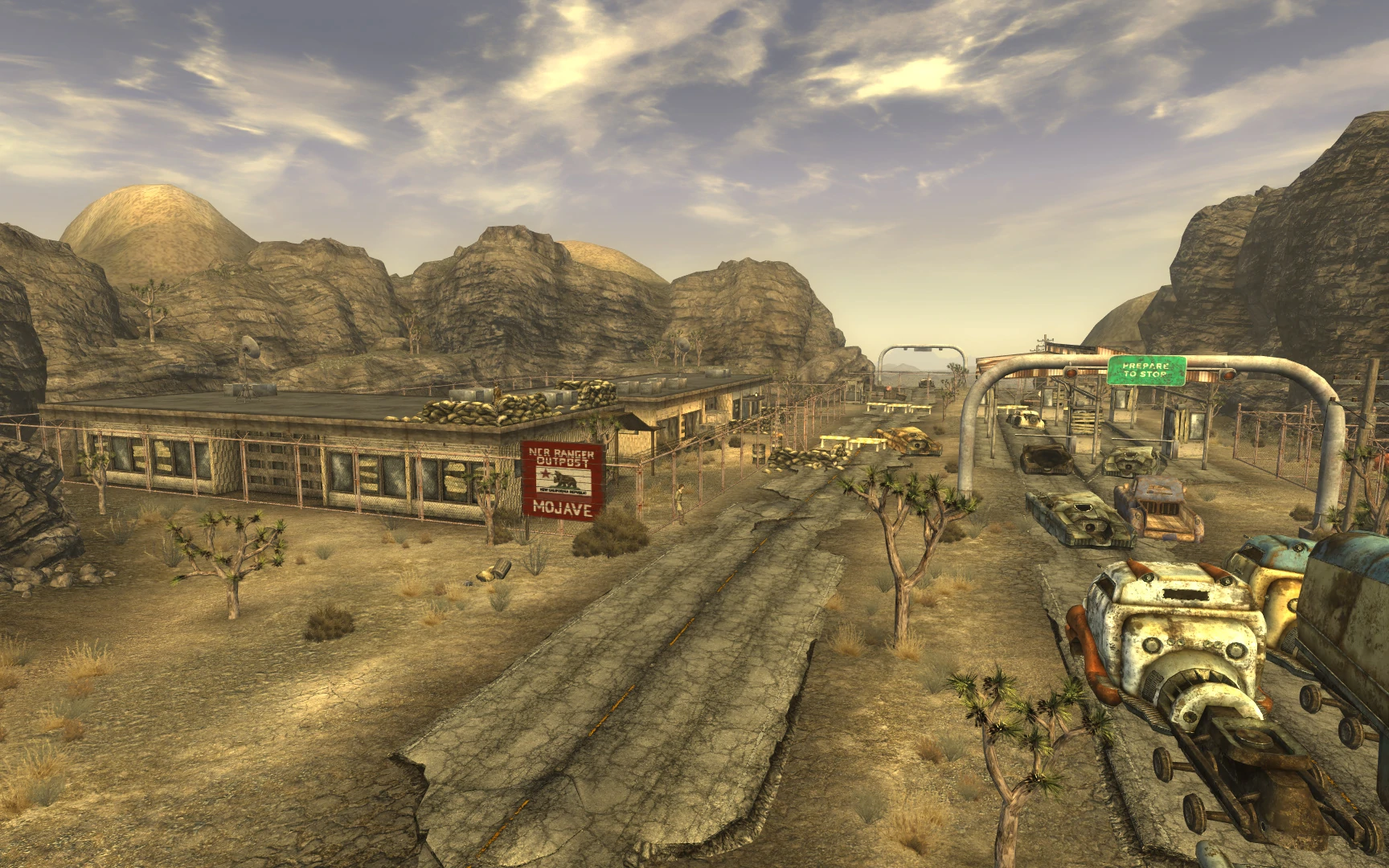
Yes, you could go around the Mojave collecting individual cards to build a Caravan deck. That’s like buying booster packs to build a deck for a new TCG you’re playing – it’s expensive, time-consuming, and you’ll end up with a mess of cards that have no rhyme or reason.
Instead, pay a visit to Ringo in Goodsprings if you’ve never done that before. If you have, then chances are you’ll have already received the Caravan deck that he gives you at the start of the game. This is a full Tops deck of 53 cards, making it a perfect starting point.
If you don’t have that deck and you’ve already dealt with Ringo – then I’m afraid you’re out of luck. You’ll need mods or console commands to get your hands on that deck. If that’s not an option for you, you’ll need to collect a deck manually using singles you find or buy out in the world.
How to Get More Caravan Cards in Fallout New Vegas
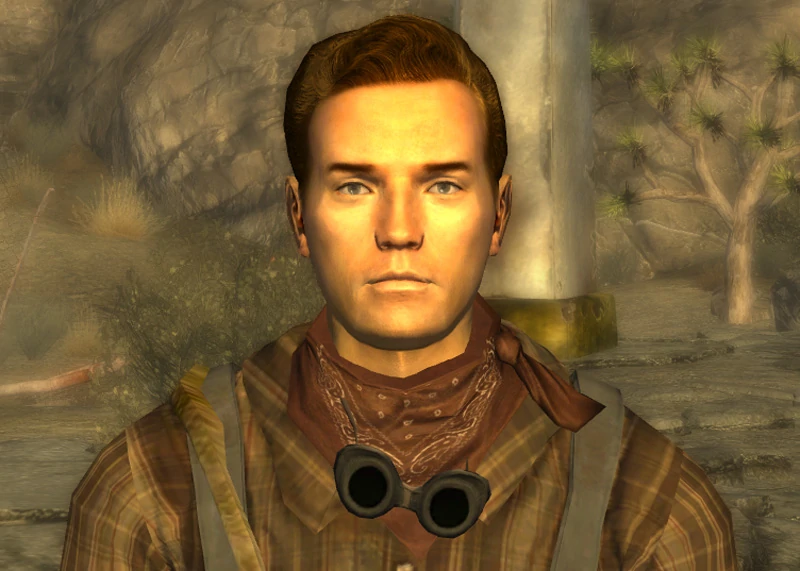
Beyond that initial 53-card deck you get from Ringo, you can find single cards dotted all around the Mojave. Typically, you’ll find these on the bodies of dead Prospectors. However, you can also buy them from various merchants.
A good rule of thumb is to check the inventory of every merchant you visit for cards, and purchase any they have. Caravan cards aren’t expensive, and this is a great way to passively build up your collection as you play through the game.
Every Single Caravan Player in Fallout New Vegas
Unsurprisingly, it doesn’t seem like Caravan has caught on too much in the Mojave. There are only 14 people in the entire region that actually play Caravan, and some of them have a five-game limit before they stop playing. This cuts your list of potential opponents down pretty badly, especially if you’re going for the Caravan Master trophy.
All the same, Caravan isn’t one-player, so you’ll need to know who’s up for a game of cards. Out of these 14 opponents, one is locked behind DLC and four have a five-game limit, meaning there are only really nine players to grind Caravan against:
- Ringo – Goodsprings / Crimson Caravan Camp.
- Johnson Nash – Primm (five-game limit).
- Lacey – Mojave Outpost (five-game limit).
- No-bark Noonan – Novac.
- Cliff Briscoe – Dino Bite Gift Shop in Novac (five-game limit).
- Issac – Gun Runners.
- Jules – North Vegas Square.
- Keith – Aerotech Suite 200.
- Little Buster – Camp McCarren.
- Private Jake Erwin – NCR Embassy on the Strip.
- Ambassador Dennis Crocker – NCR Embassy on the Strip.
- Quartermaster Mayes – Comp Forlorn Hope (five-game limit).
- Dale Barton – The Fort.
- Jed Masterson – Northern Passage (Honest Hearts DLC).
Ringo is obviously the easiest of the bunch, with Johnson Nash being the hardest in my experience. If you’re looking to grab your trophy and never touch the game again, Ringo’s your man. If it’s caps you’re after, Dale Barton in The Fort is your man.
He’s a merchant, meaning he taps into his vendor caps for Caravan, and he’s the only merchant without a five-game limit. You can buy his stock, win all your caps back, then sell everything you bought for some nice profit.
FAQ
Question: How Can I Win 30 Games of Caravan in Fallout New Vegas?
Answer: Winning 30 games of Caravan in Fallout New Vegas is pretty easy, despite how rare the achievement for it is. The easiest way to do it is to just farm Ringo for wins, but you can use any NPC that plays Caravan. Alternatively, you can just play Caravan naturally as you progress through the game. You might not get to that 30 number, but it’ll get you close enough that cleaning up at the end of your playthrough won’t be too tricky.
Question: What Does the Joker Do in Caravan in Fallout New Vegas?
Answer: You’ll never have to use the Joker yourself, so don’t worry too much about understanding what it does. That being said, Jokers have two effects in Caravan in Fallout New Vegas.
First, if you place a Joker on a number card, it’ll remove all instances of that number from the field, excluding the card the Joker was placed on. So, if you put a Joker down on a four, all other fours will leave the table.
If you place a Joker on an Ace, though, all other cards of that Ace’s suit leave the table, instead. Neither of these uses is needed in-game – New Vegas’ AI isn’t strong enough to warrant using them.
Question: What is the Goal of Caravan in Fallout New Vegas?
Answer: On paper, the goal of Caravan in Fallout New Vegas is to outbid your opponent’s Caravans while making sure your Caravans aren’t too light or overburdened. What does that mean, though? Well, your Caravan is considered too light when its value is below 21. It’s considered overburdened when its value is over 26. Outbidding your opponent means having a higher value than their Caravan while staying inside that range between 21 and 26.
Once one Caravan from all three pairs is within that point range, the game ends, and points are distributed. If at least two of your Caravans have successfully outbid your opponent, you win the game.
Conclusion
Hopefully, you’ve found this Fallout New Vegas Caravan guide helpful. It’s a complex game, and New Vegas doesn’t exactly do a great job of explaining the rules to you. By breaking each aspect of the game down, though, you’ll have an easier time wrapping your head around the rules.
If all of this still sounds too complicated and daunting – don’t worry. The best teacher is practice, so jump into Fallout New Vegas and start playing some games of Caravan for yourself. Reference this Fallout New Vegas Caravan guide as you play, and everything will click for you in no time.

